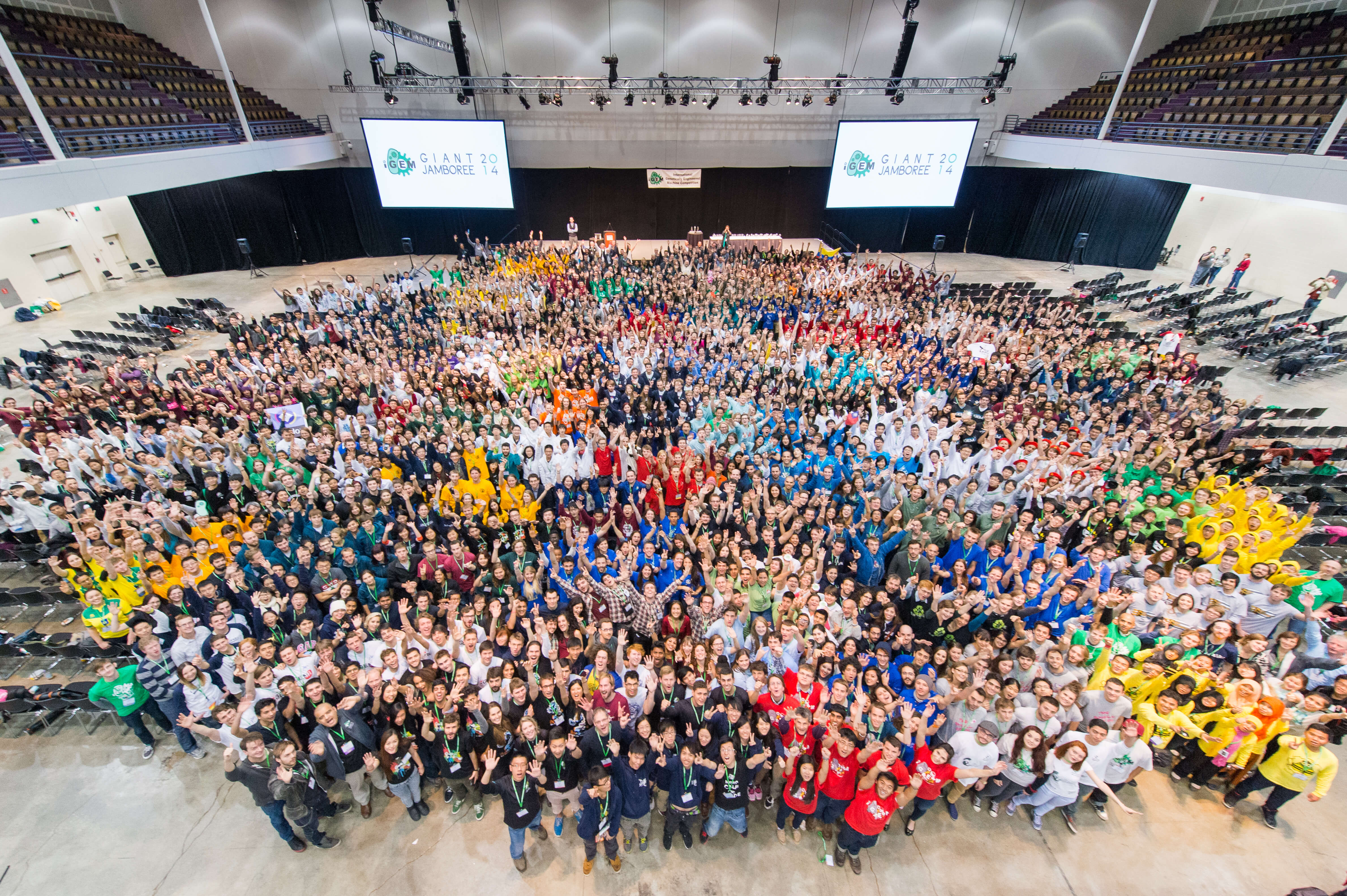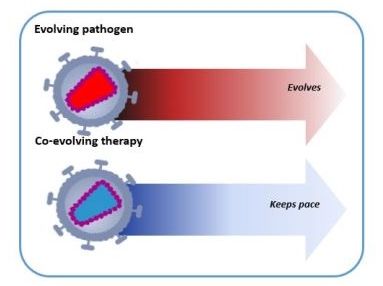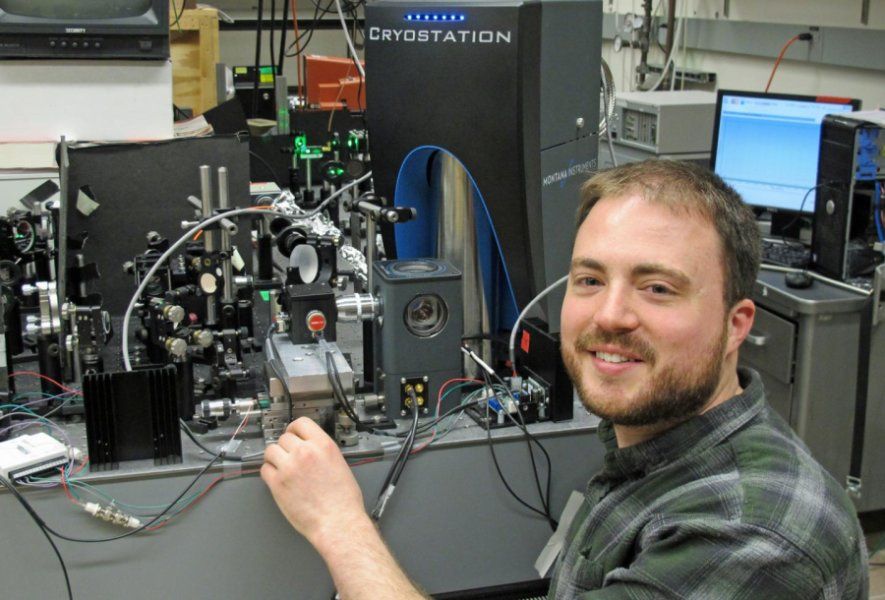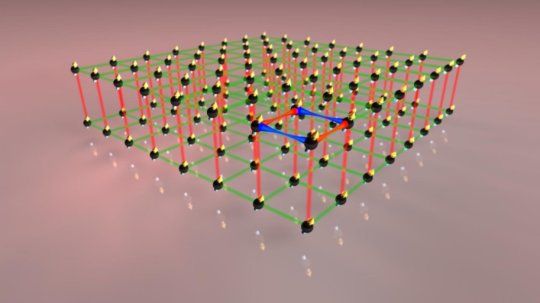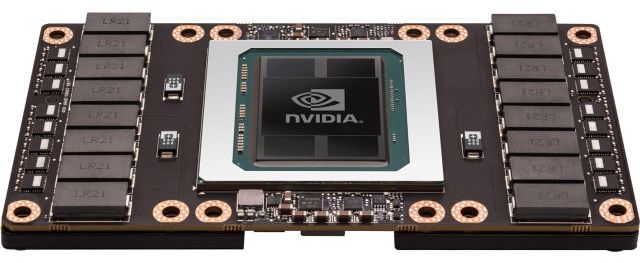Apr 7, 2016
DARPA Christens (Mostly) Autonomous Vessel
Posted by Karen Hurst in category: robotics/AI
The Sea Hunter, the U.S. Defense Advanced Research Projects Agency’s most ambitious unmanned vessel to date, may well be the most advanced self-navigating surface craft in the world. Its 130-foot trimaran hull is designed for a maximum speed of 27 knots and operations in conditions up to sea state five. It can conduct missions of up to 70 days without resupply, and can work unmanned to perform tasks too risky for human sailors. It is even capable of complying with the Rules of the Road, in certain well-defined situations. And it can do all of these things at a construction cost of $23 million, a bit under one percent of the price for a Zumwalt -class destroyer (excluding R&D).

Continue reading “DARPA Christens (Mostly) Autonomous Vessel” »



